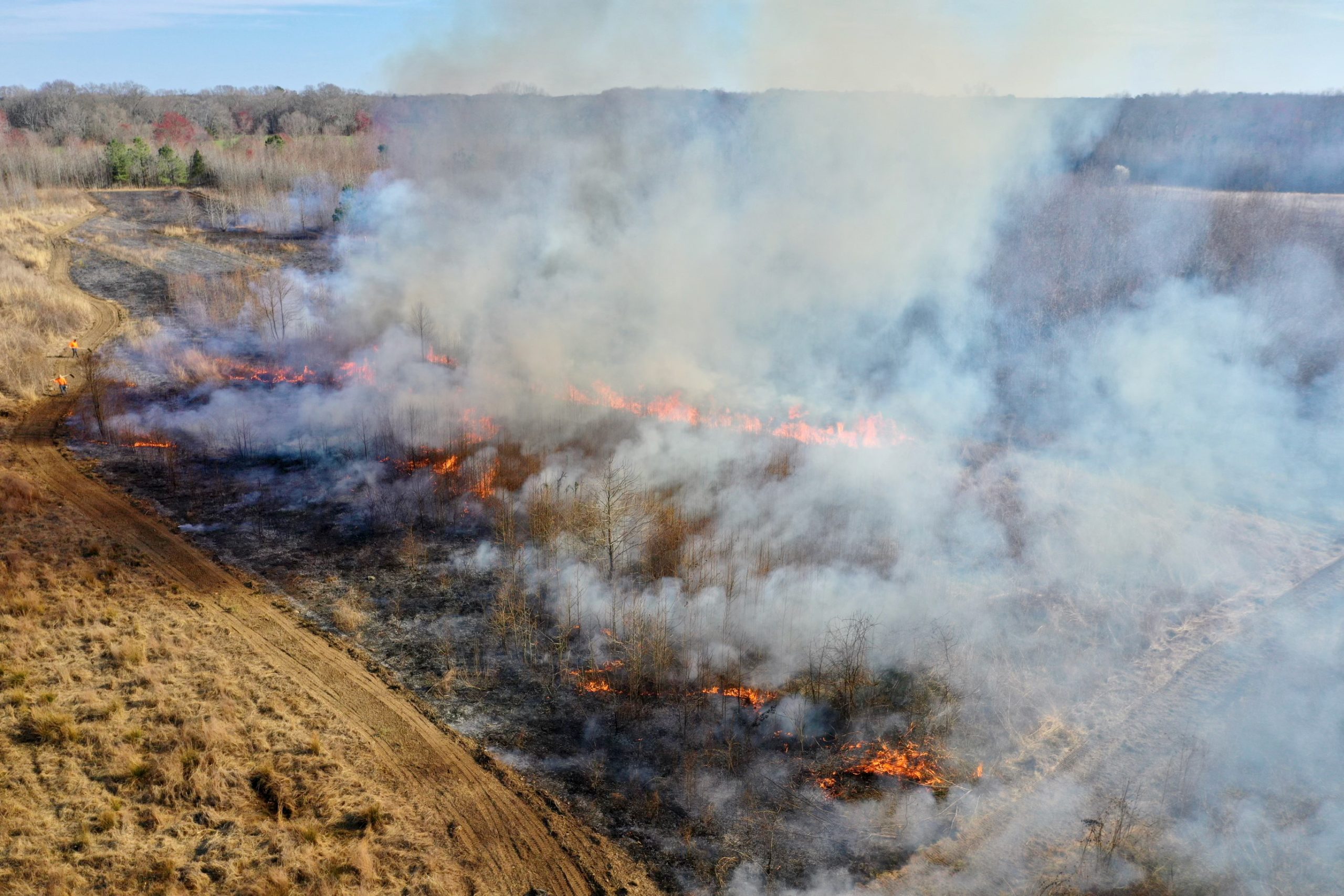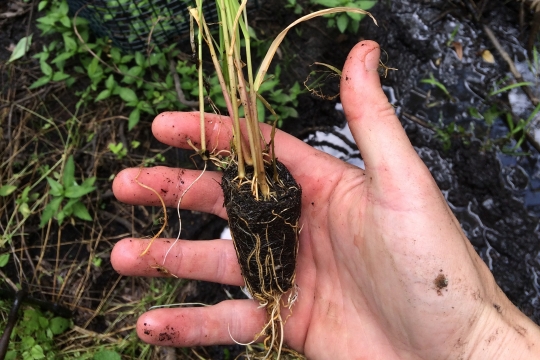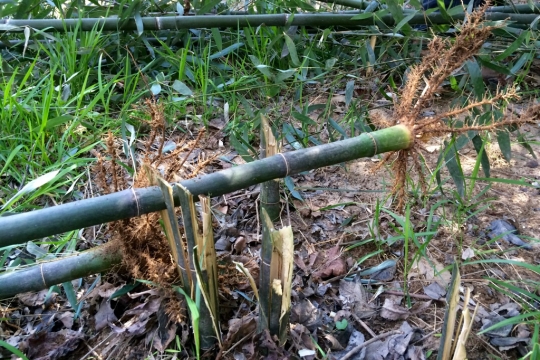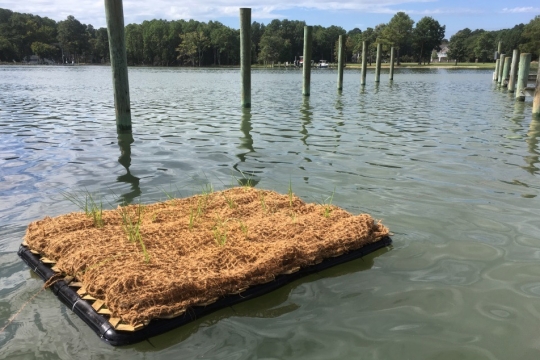Game Management
From quail to deer to ducks, Bourn is happy to assist our clients in managing their properties for game species. We do this by understanding the land owner's goals for the property, then developing a comprehensive plan that focuses on achieving those goals. Improving the native habitat is typically first and foremost in that plan, but each property is different. We can remove unwanted plant species, put up nest boxes, perform a prescribed fire, build impoundments or reclaim dozens of acres in warn season grasses.



